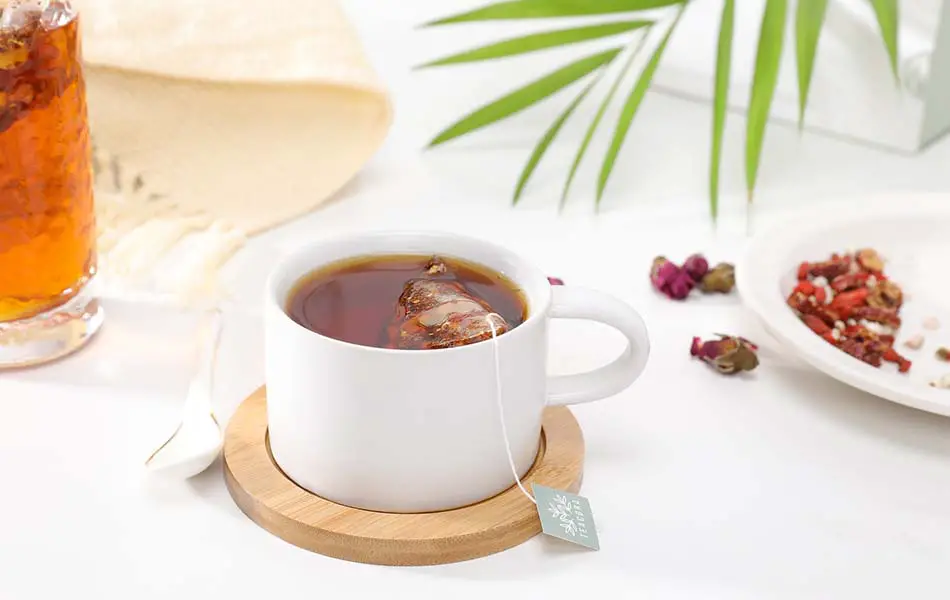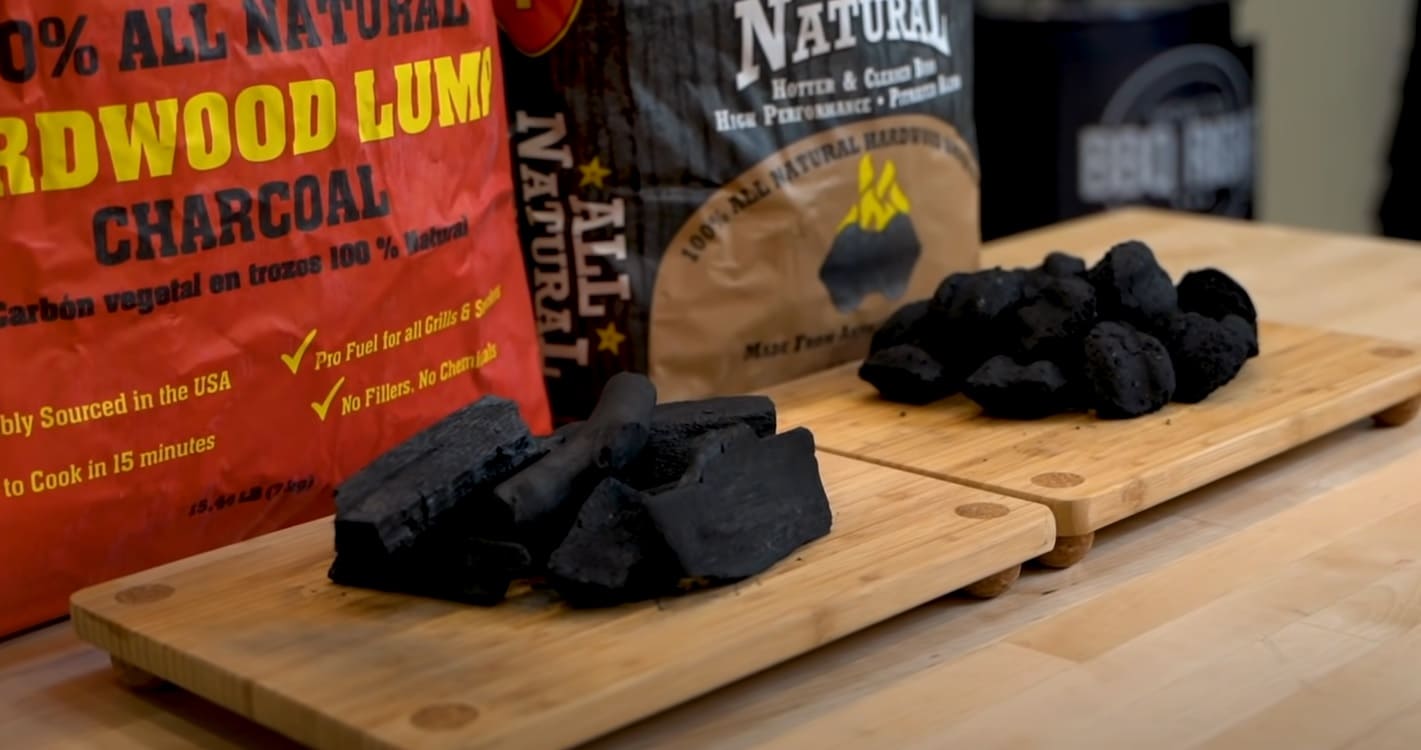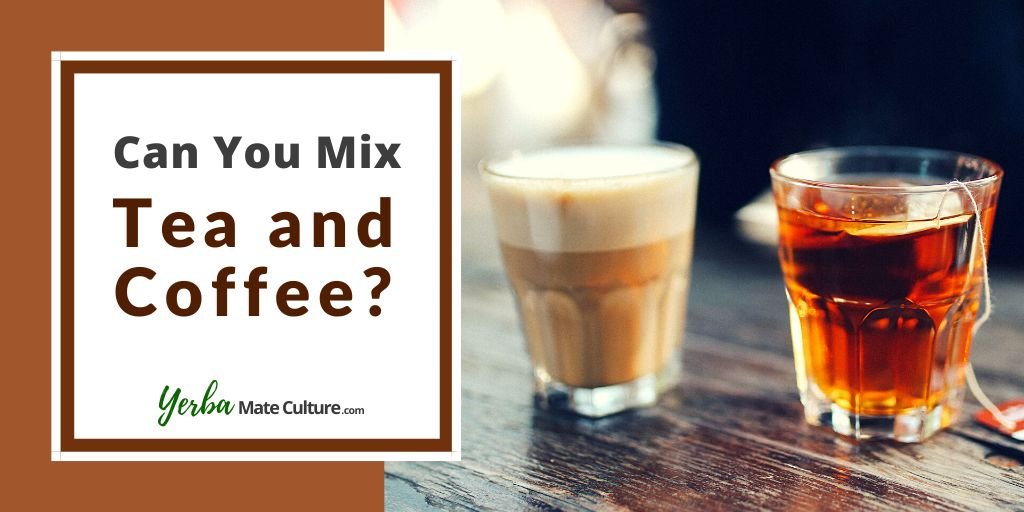Can You Mix Two Different Tea Bags Together
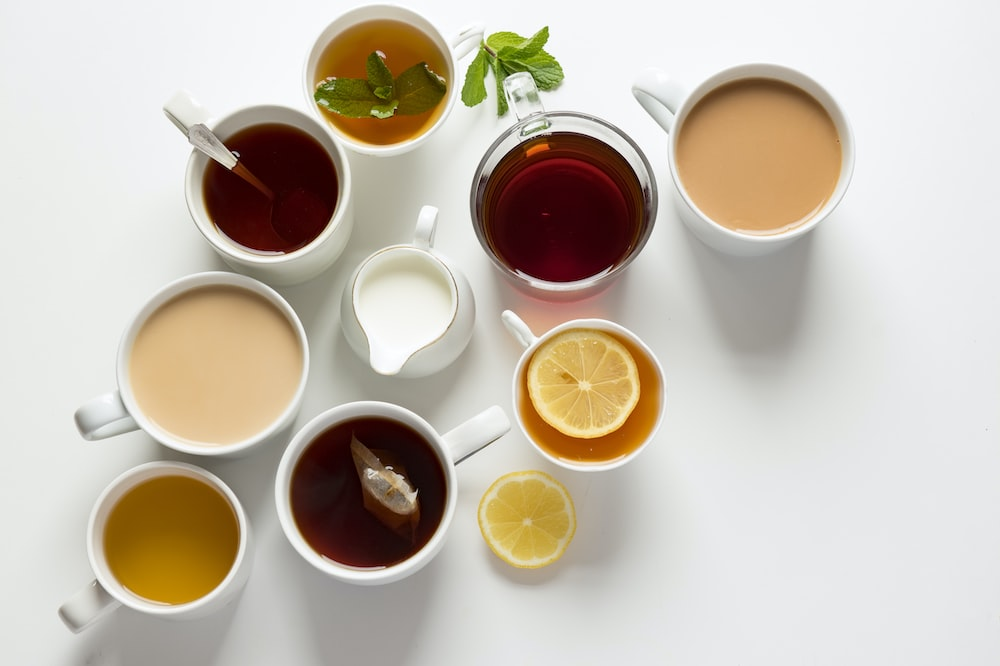
Tea lovers are in a frenzy! A recent surge in online discussion asks a crucial question: can you mix different tea bags to create custom blends?
This article cuts through the noise, providing a definitive answer based on expert opinions and established tea-blending principles, informing consumers about potential flavor combinations and brewing techniques.
The Verdict: A Qualified Yes
The short answer is yes, you can mix different tea bags. However, the key to success lies in understanding the properties of each tea and blending them thoughtfully.
Blindly combining teas can lead to unpleasant and unbalanced flavors. According to Jane Pettigrew, a renowned tea expert, it's crucial to consider the *base tea* and its complements.
Understanding Tea Types
Black teas, green teas, white teas, and herbal infusions all have distinct characteristics. A strong black tea like Assam might overpower a delicate white tea.
Herbal teas, being caffeine-free, offer a different avenue for blending. Mixing chamomile with a green tea, for example, could create a calming daytime blend.
Essential Considerations for Blending
Flavor Profiles: Understand the dominant flavors of each tea. Is it earthy, floral, spicy, or fruity?
Brewing Times: Different teas require different brewing times. Combining teas with vastly different brewing needs can result in either under-extracted or over-extracted flavors.
Leaf Grade: The size and shape of the tea leaves impact the flavor release. Mix teas with similar leaf grades for a more even extraction.
Expert Tips for Tea Bag Blending
Start small! Begin with a 1:1 ratio of two teas you want to combine.
Brew a test cup and adjust the ratios based on your taste. Keep a record of your experiments for future reference.
Consider adding complementary ingredients like spices or dried fruit. A pinch of cinnamon or a few dried berries can enhance the flavor profile.
Examples of Successful Tea Bag Blends
Black Tea & Earl Grey: Boost the bergamot notes of Earl Grey with a stronger black tea base.
Green Tea & Mint: Create a refreshing and digestive-friendly blend.
Chamomile & Lavender: Enhance the calming properties of both herbs for a relaxing nighttime tea.
Potential Pitfalls to Avoid
Overwhelming delicate teas with strong flavors is a common mistake. Strong black teas like Lapsang Souchong can easily dominate a blend.
Combining teas with drastically different brewing temperatures can lead to uneven extraction. Follow the instructions for the most delicate tea in the blend.
Using expired tea bags can negatively impact the flavor of your blend. Ensure all teas are fresh before combining them.
Health and Safety Considerations
Be aware of any allergies or sensitivities to specific ingredients. Always check the ingredient list on each tea bag before blending.
If you are pregnant or breastfeeding, consult with a healthcare professional before consuming herbal teas. Some herbs may have contraindications.
Excessive consumption of caffeine can lead to adverse effects. Moderate your intake of caffeinated tea blends.
The Future of Tea Blending
The trend of personalized tea blends is gaining momentum. Several companies now offer customized tea blending services online.
Consumers are becoming increasingly interested in exploring different flavor combinations and creating their own unique tea experiences. Expect to see more innovative tea bag blends on the market.
Next Steps
Experiment with different tea bag combinations and discover your favorite blends. Share your creations with other tea lovers.
Consult with tea experts or attend tea-blending workshops to deepen your knowledge. Embrace the art of tea blending and unlock a world of flavor possibilities.


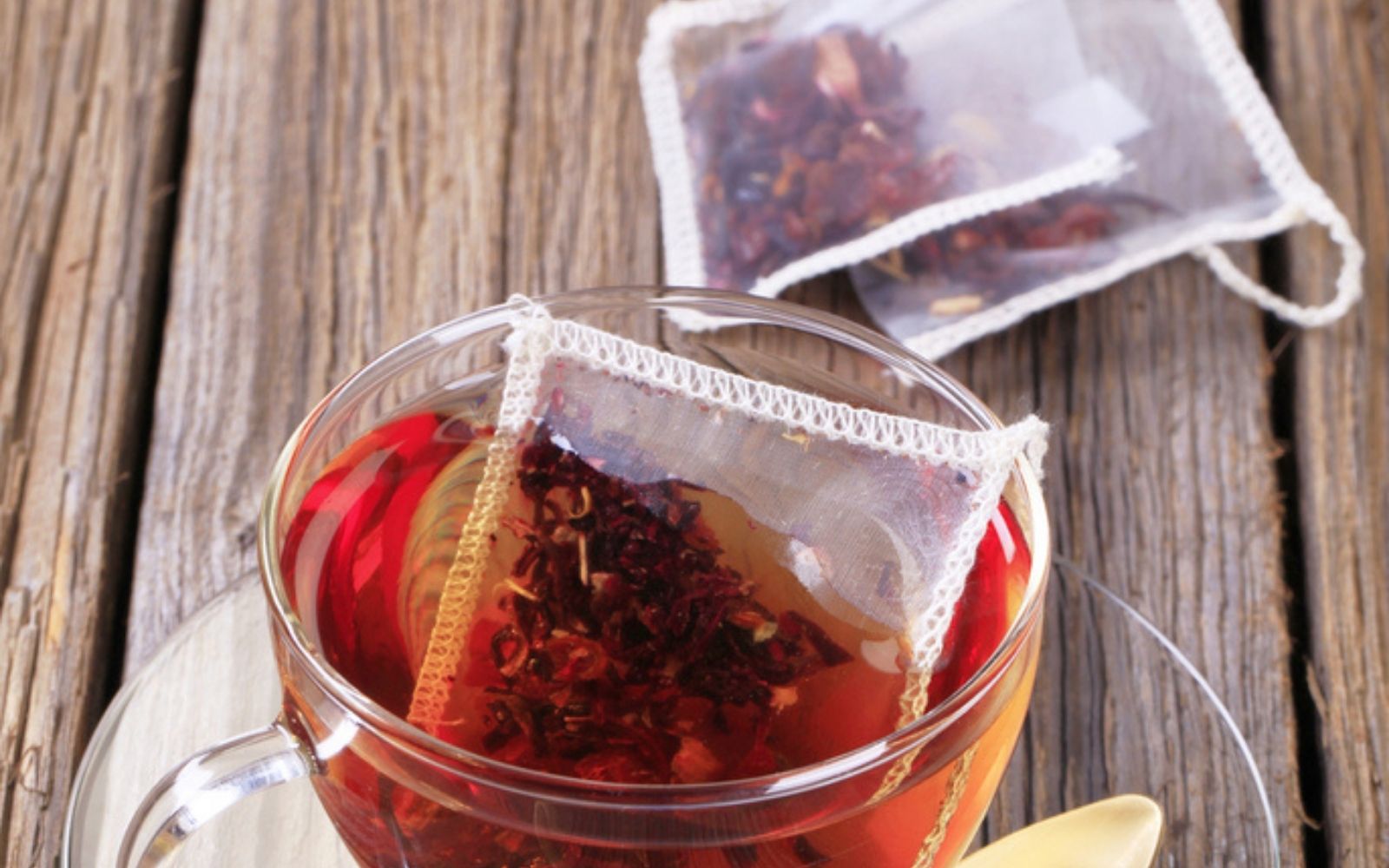
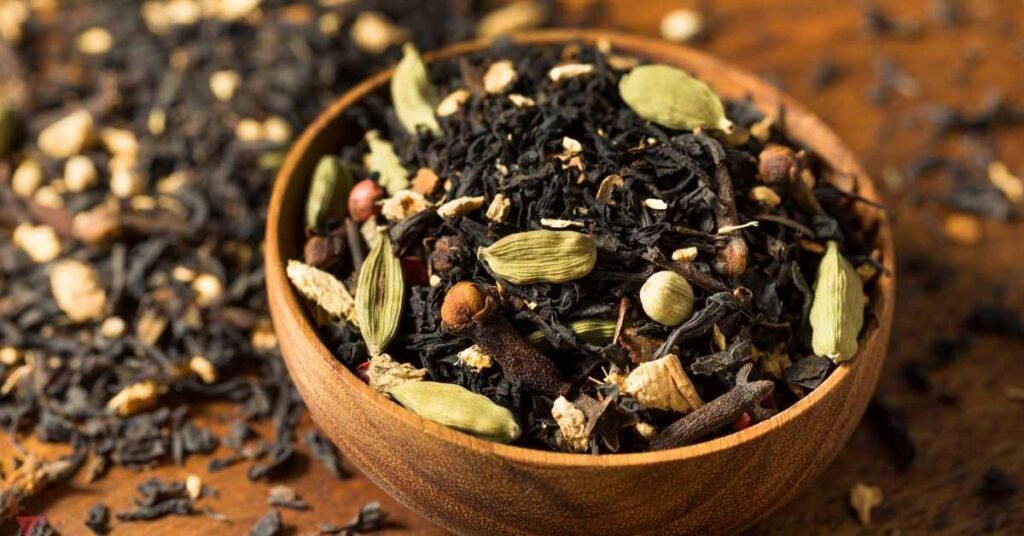

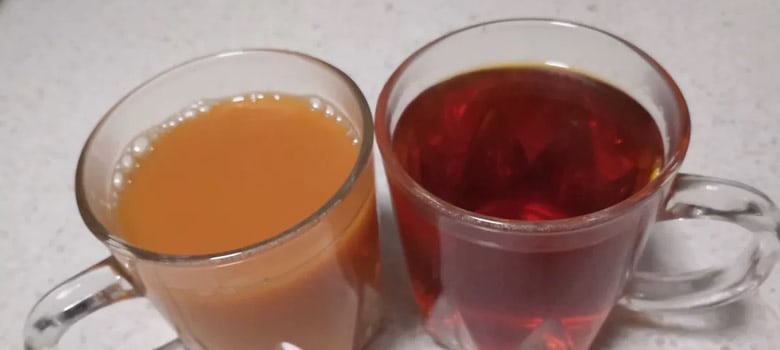
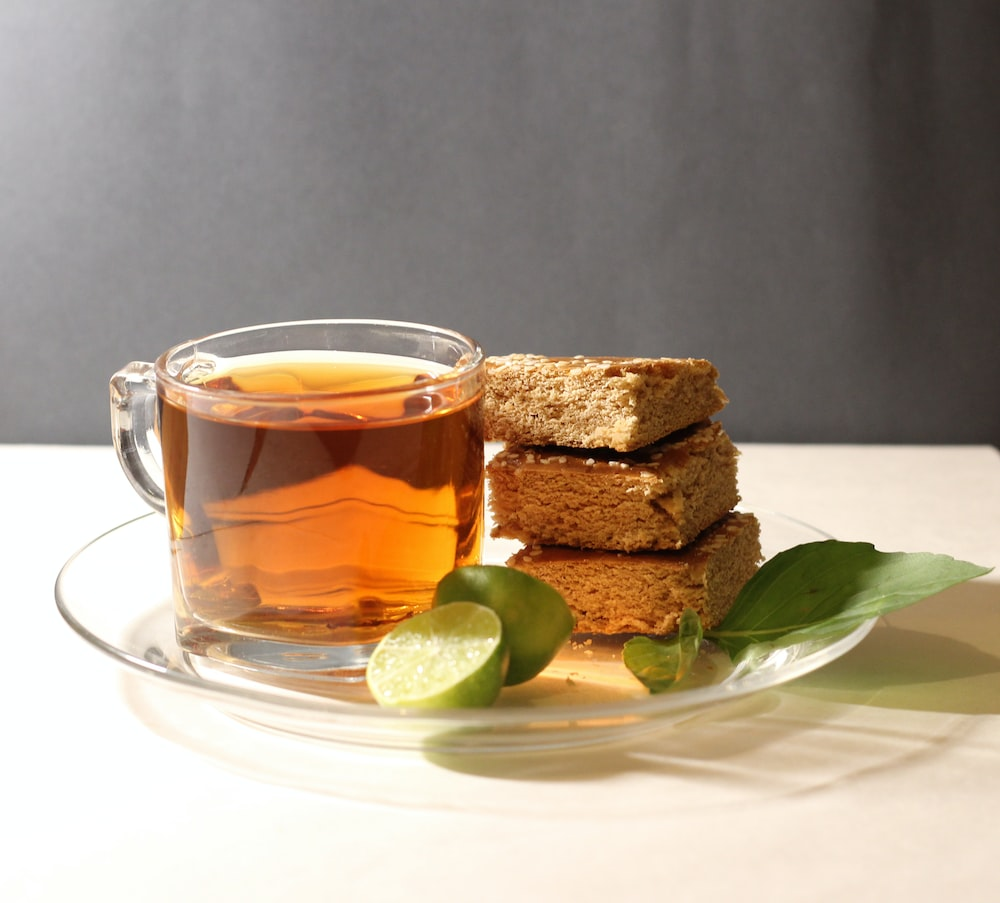
![Can You Mix Two Different Tea Bags Together Can You Mix 2 Tea Bags? (Solved & Explained!) - [2025]](https://thirstperk.com/wp-content/uploads/2022/07/tea-bags-gc266205af_6401.jpg)

